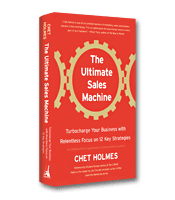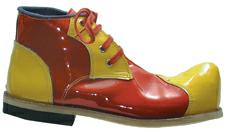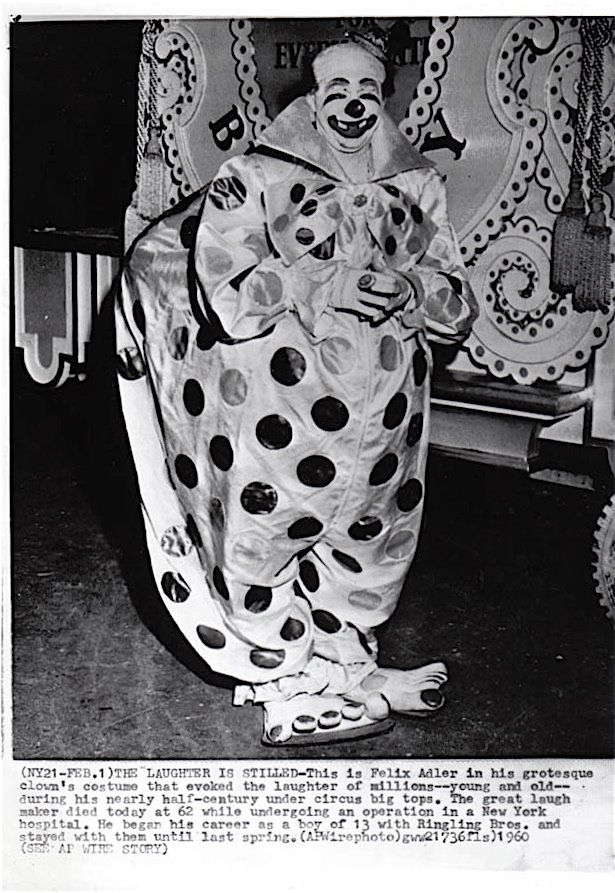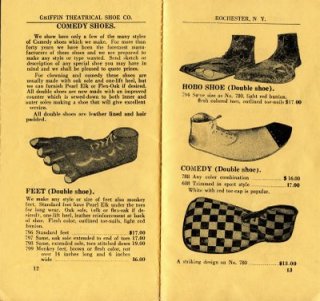What do YOU do when things don’t go your way?
If you follow my blog you might remember my mentioning Nando Parrado several months ago following my trip to the EO Barcelona University. His story was one of the most inspirational stories of my life, and I really want to follow up on it a little more closely.
Nando’s story is about his experience surviving a plane crash and 72 days in the Andes Mountains before walking out with Roberto Canessa to save themselves and their rugby teammates. It’s difficult for me to convey to you how powerful his story is, but here are the highlights (I highly recommend reading his book or watching the movie):
Nando is told there is extra space on the plane flying his rugby team to Argentina, so he offers a few spots to his mother and sister. The place crashed into the side of a mountain and the back half was lost. Nando woke from a concussion to find his mother was lost with the back half of the plane and his sister in critical condition (she died shortly after). The only food they had were a few packs of peanuts, rationed at something like one peanut a day. The temperature was so absurdly cold that they slept on each other and took turns breathing on one another to keep warm.
They assumed they would be rescued, and they’d only need to survive a few days. 10 days into it, however, they heard the radio broadcast that the search was called off. Not too long after, an avalanche came, burying the place, killing a few of the survivors, and injuring a few others. It took them days to dig out, and they were forced to survive on the bodies of the dead to make it through the worst part of winter.
As spring approached, they decided the only way to survive was to send someone out to find help. Nando and Roberto volunteered, thinking that they were on the far edge of the mountains and that they would find civilization just past the first ridge. In reality, the first mountain cap only revealed another, and after that, sheer ice. With mountain tops as far as they could see, they trudged onward for 10 days and 45 miles of frozen wilderness until they saw life – a farmer on a horse across the river, which ultimately led to the rescue of the remaining survivors.
The past few years the world has seen a lot of stress. We’ve seen multi-million dollar industries crumble and experienced a dangerous level of unemployment. Losing a job, getting a divorce, no customers are buying what you offer, everyone on your team hates each other, can feel like the world is coming down on you, but when you look at Nando’s experience, would you trade circumstances? Nando’s story puts life’s troubles into perspective…and reminds us that the only alternative is to keep moving forward, even if you don’t know exactly where you’re going.
Nando went on to run a successful business, but it wasn’t all cake and ice cream. He dealt with tough situations the same as the rest of us. In dealing with adversity, he says “Sometimes things do not go in the direction that I want them to go, but I keep moving on regardless. I look at the situation through the storm, always going forward one step at a time.”








